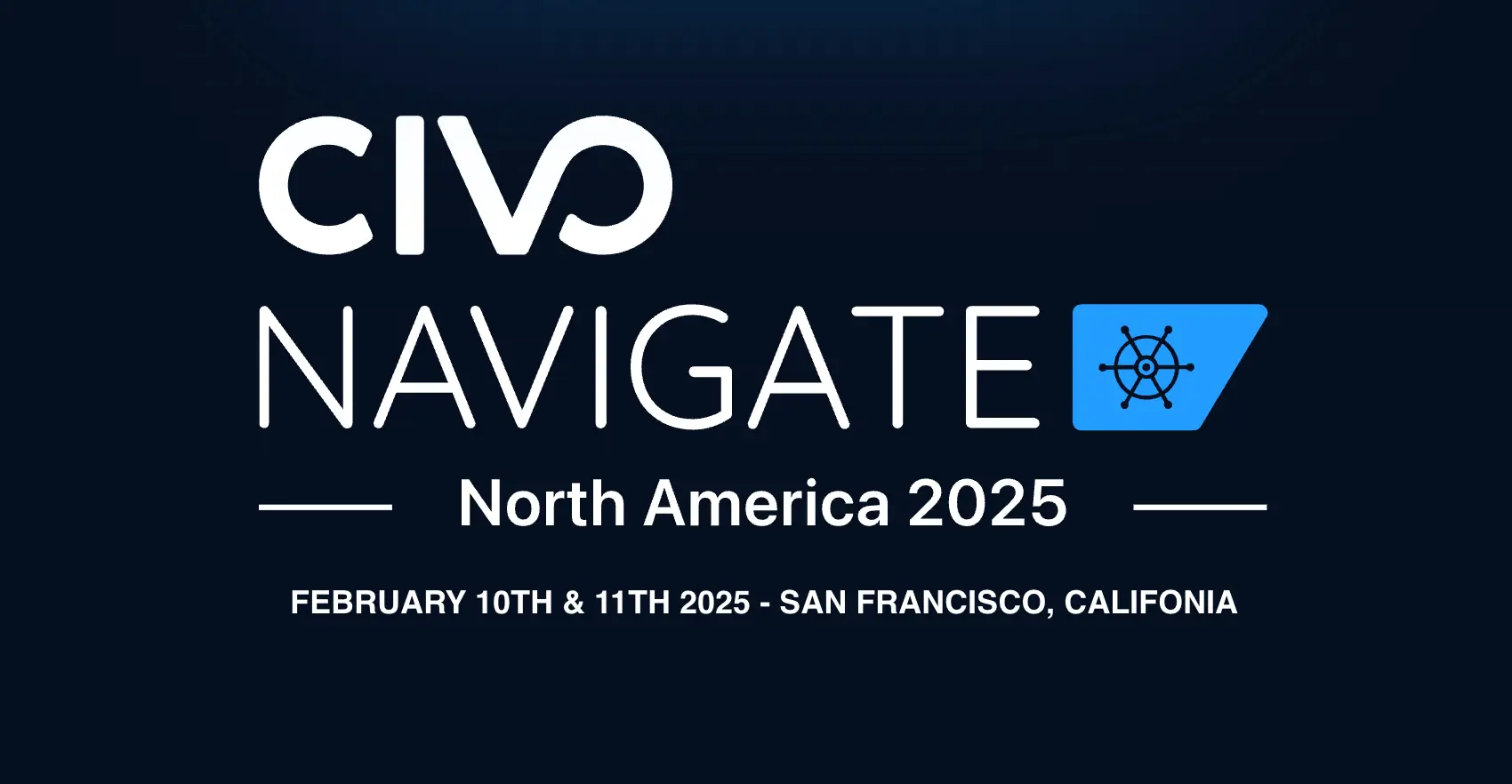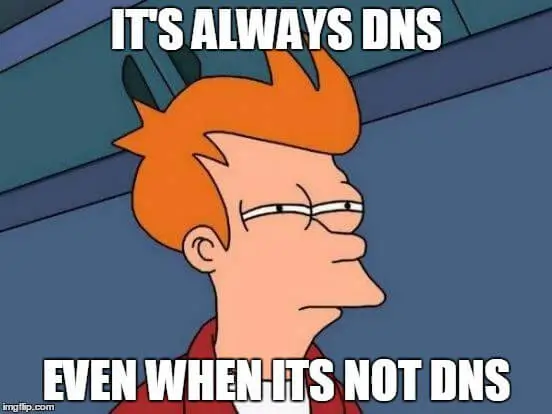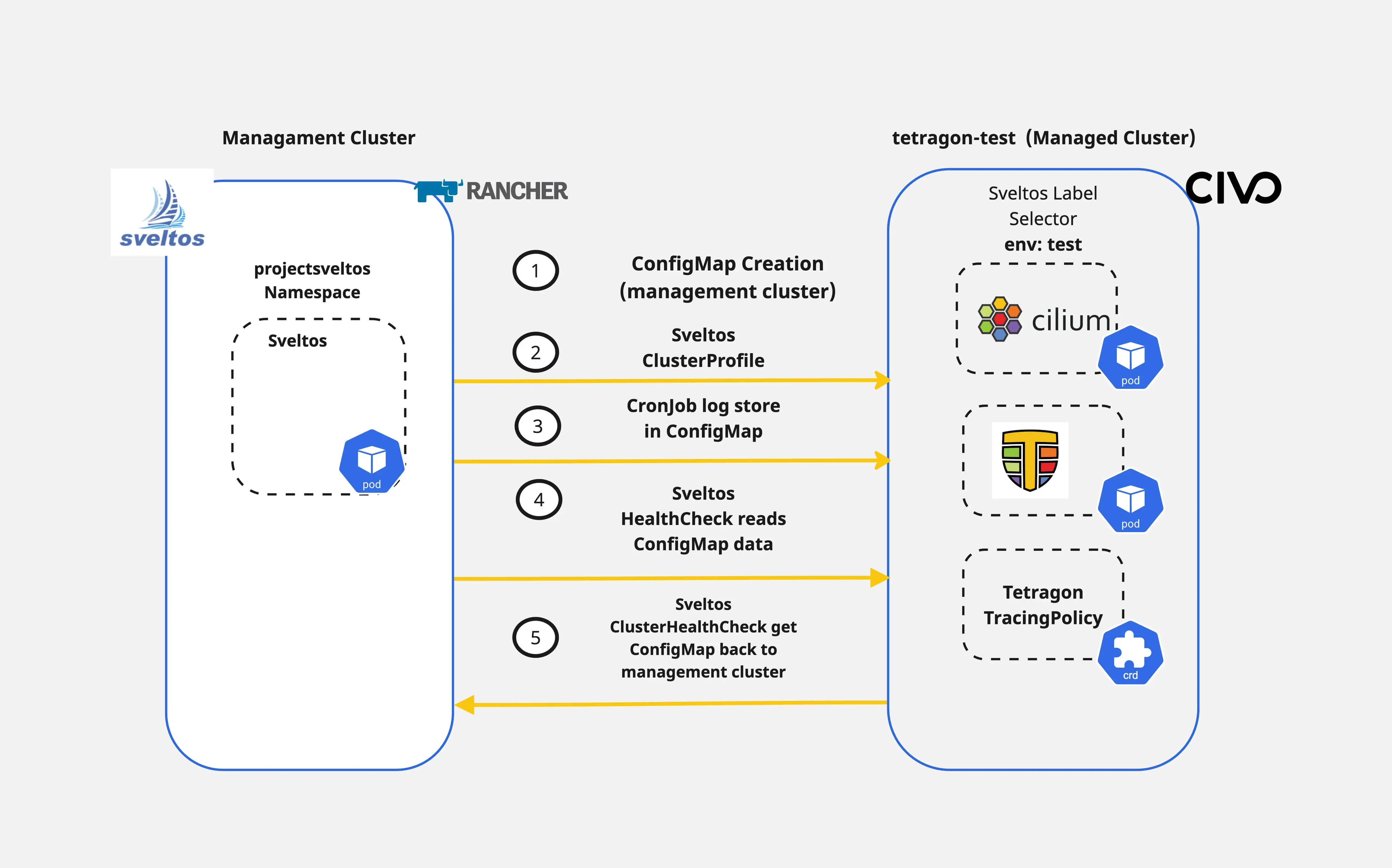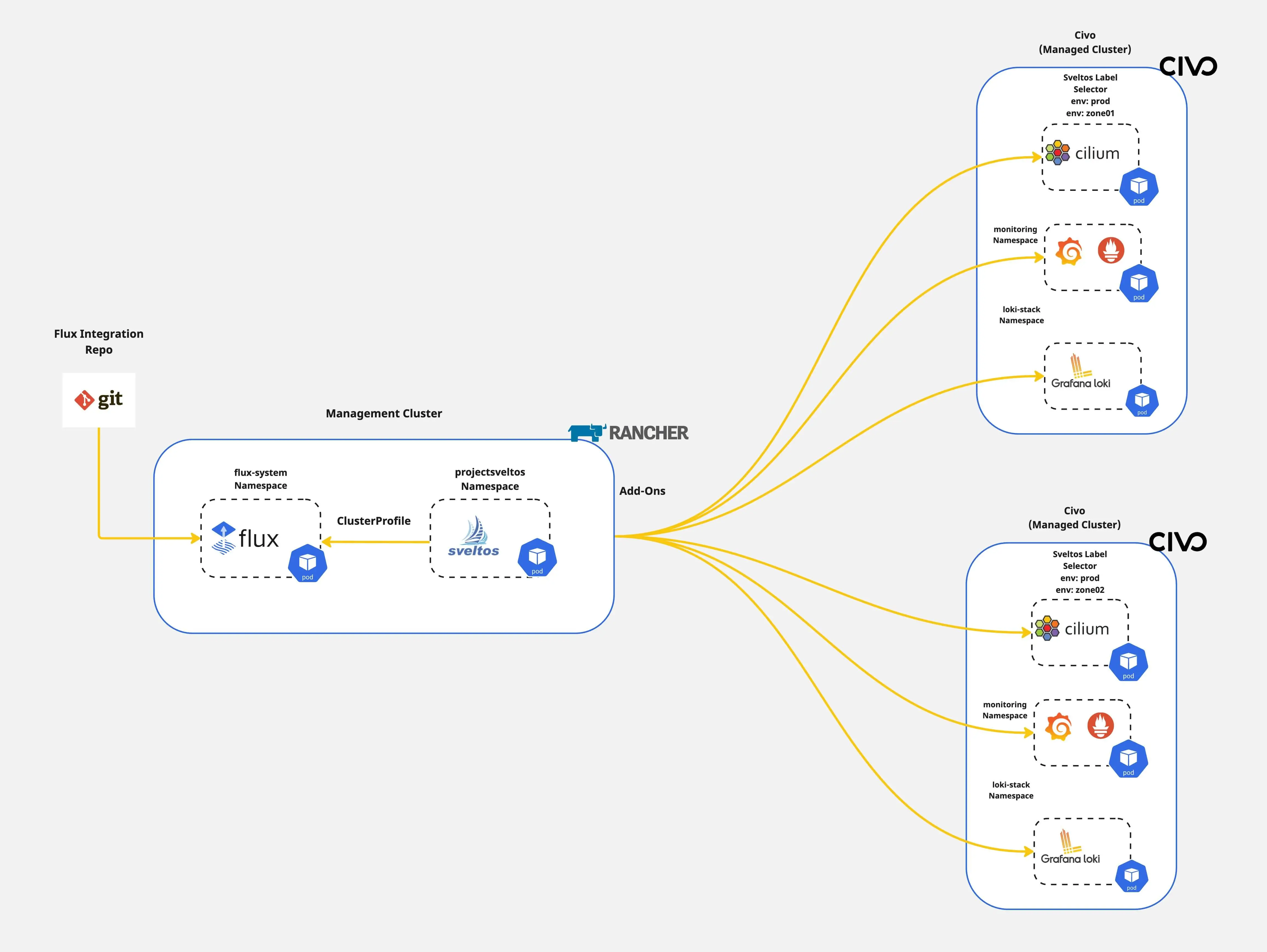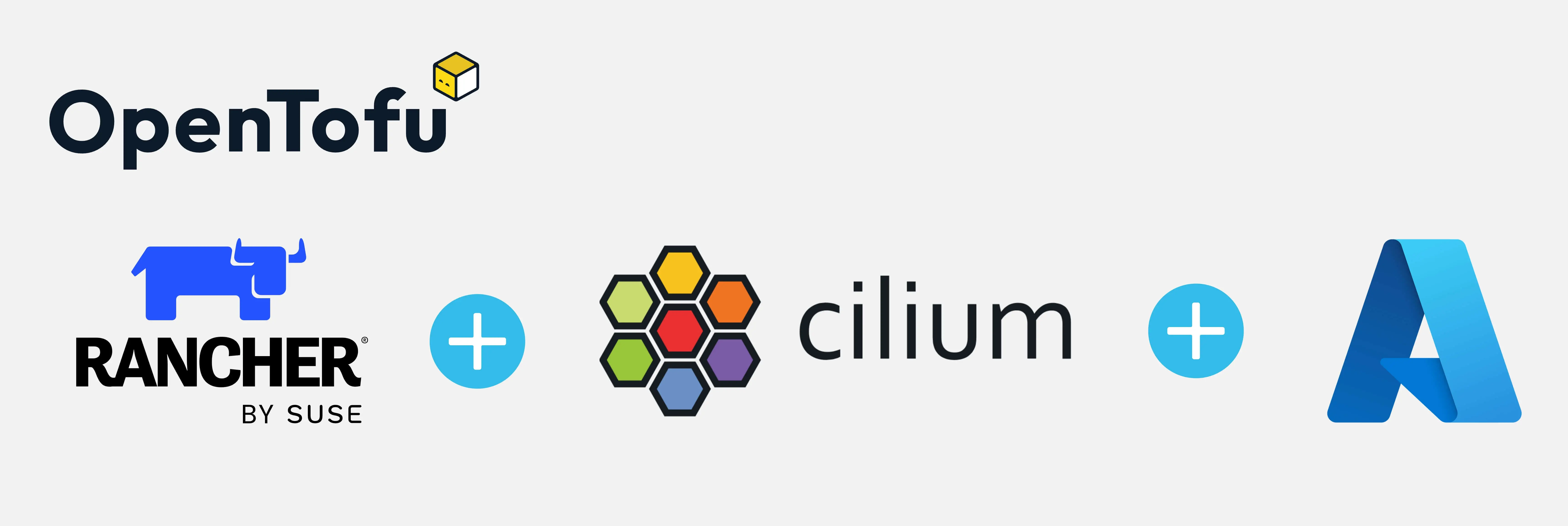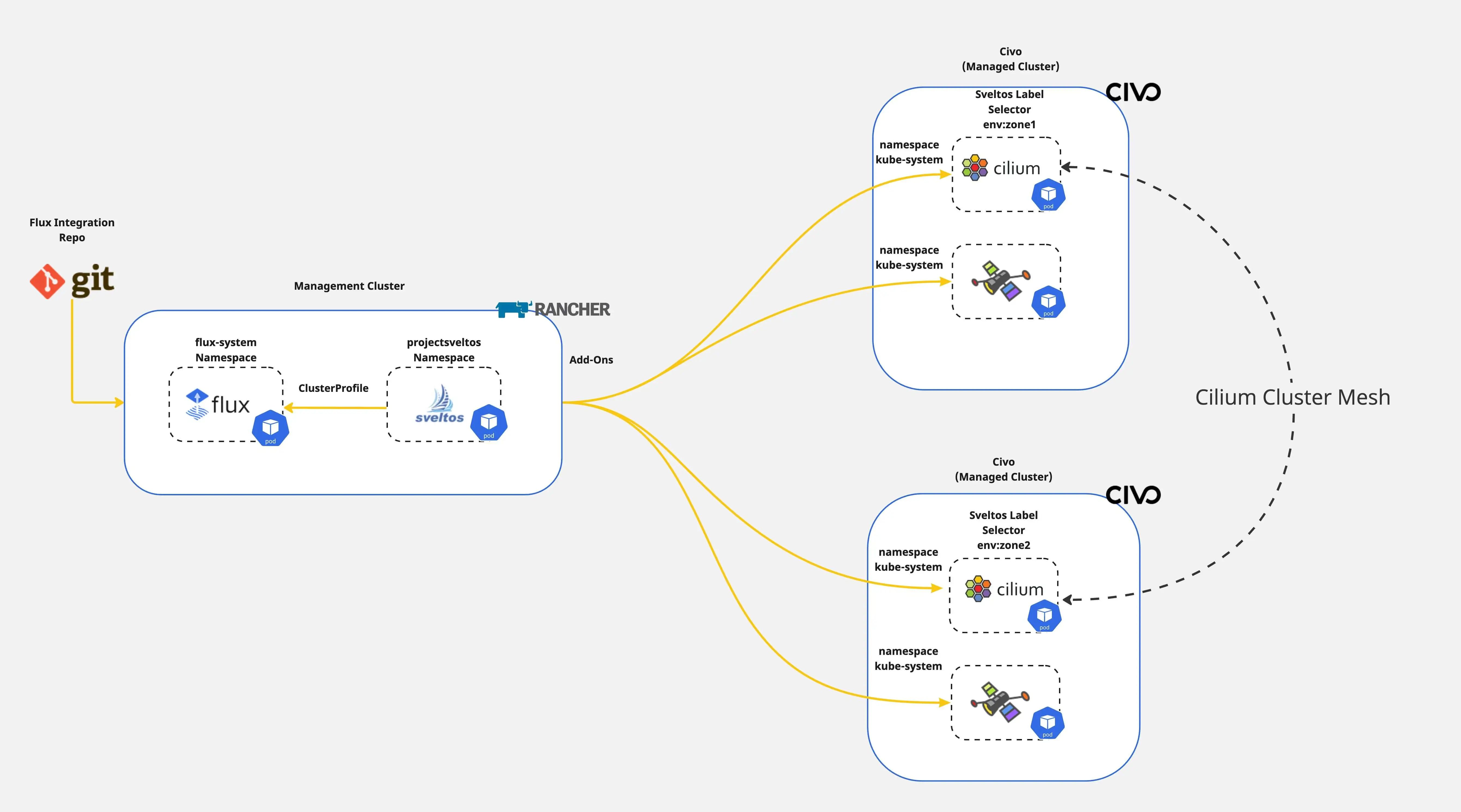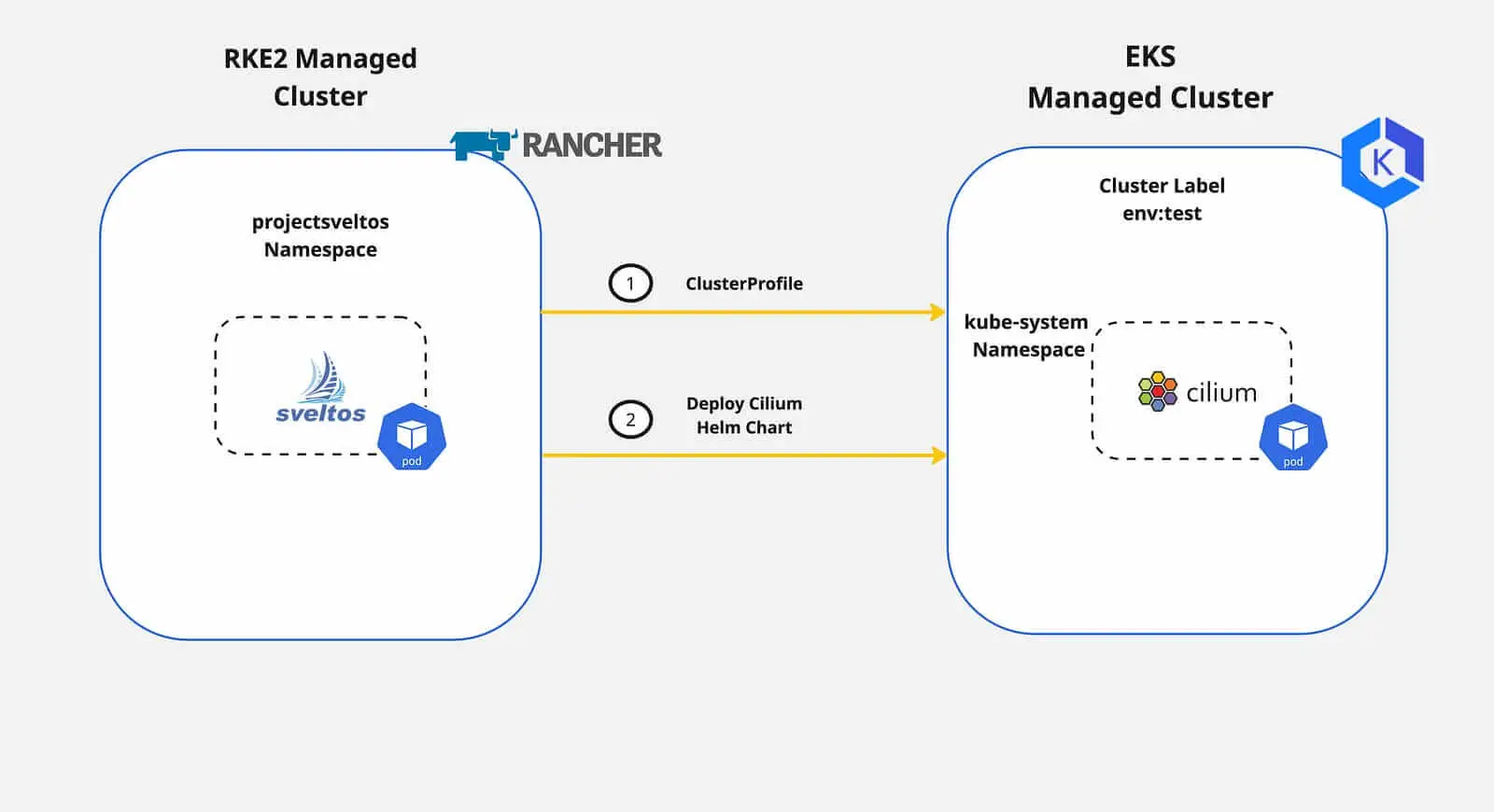Civo Navigate San Francisco 2025
Introduction
Another amazing Civo Navigate conference came to an end. In today's blog post, I wanted to share some highlights from the event. I had the chance to present Sveltos and how templating alongside Validate Health can be used to deploy and update different Kubernetes add-ons and applications effortlessly.
Below, I will dive into the key highlights from the conference, provide resources about tooling I found interesting and last but not least, provide more details about the Sveltos presentation!
